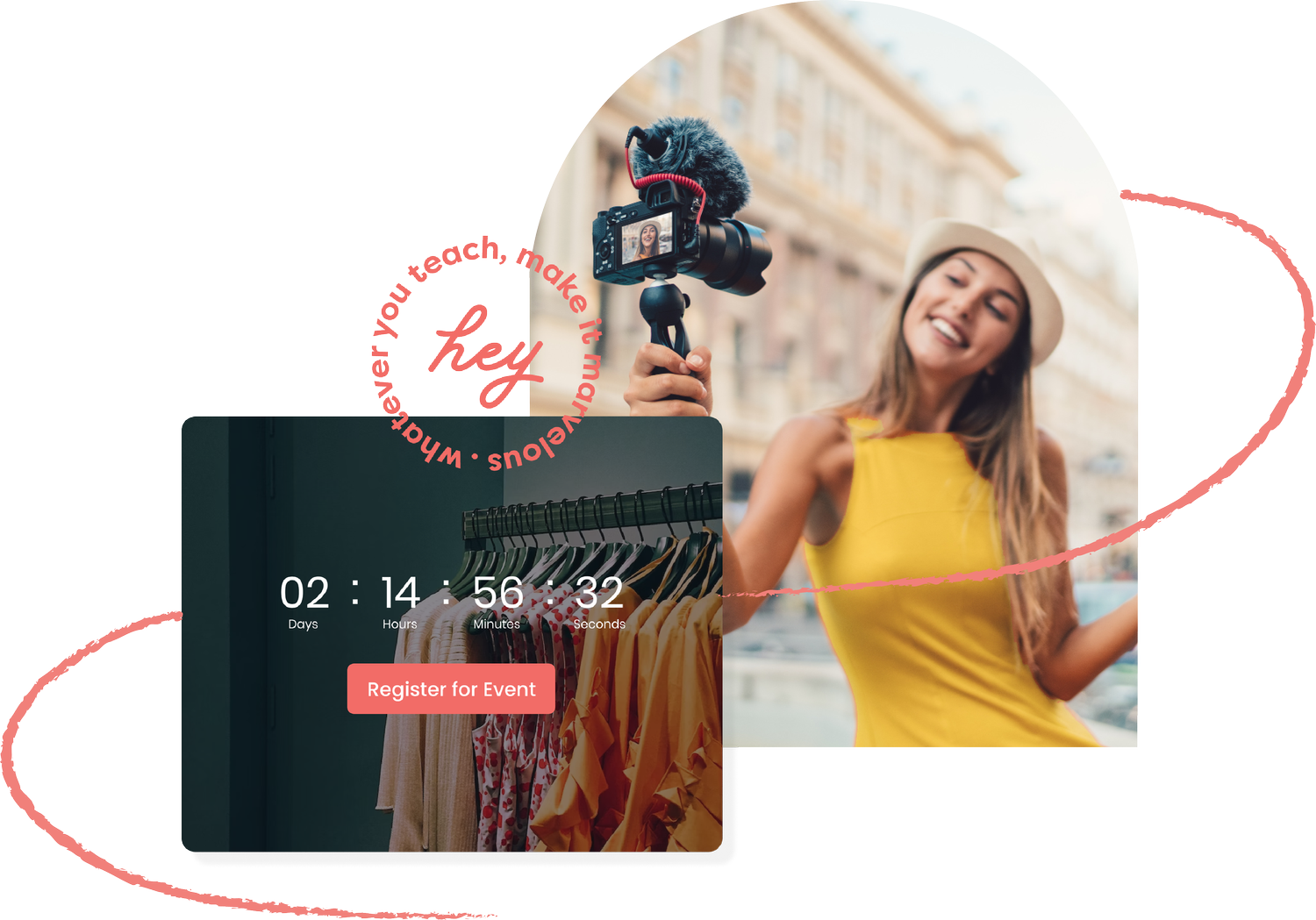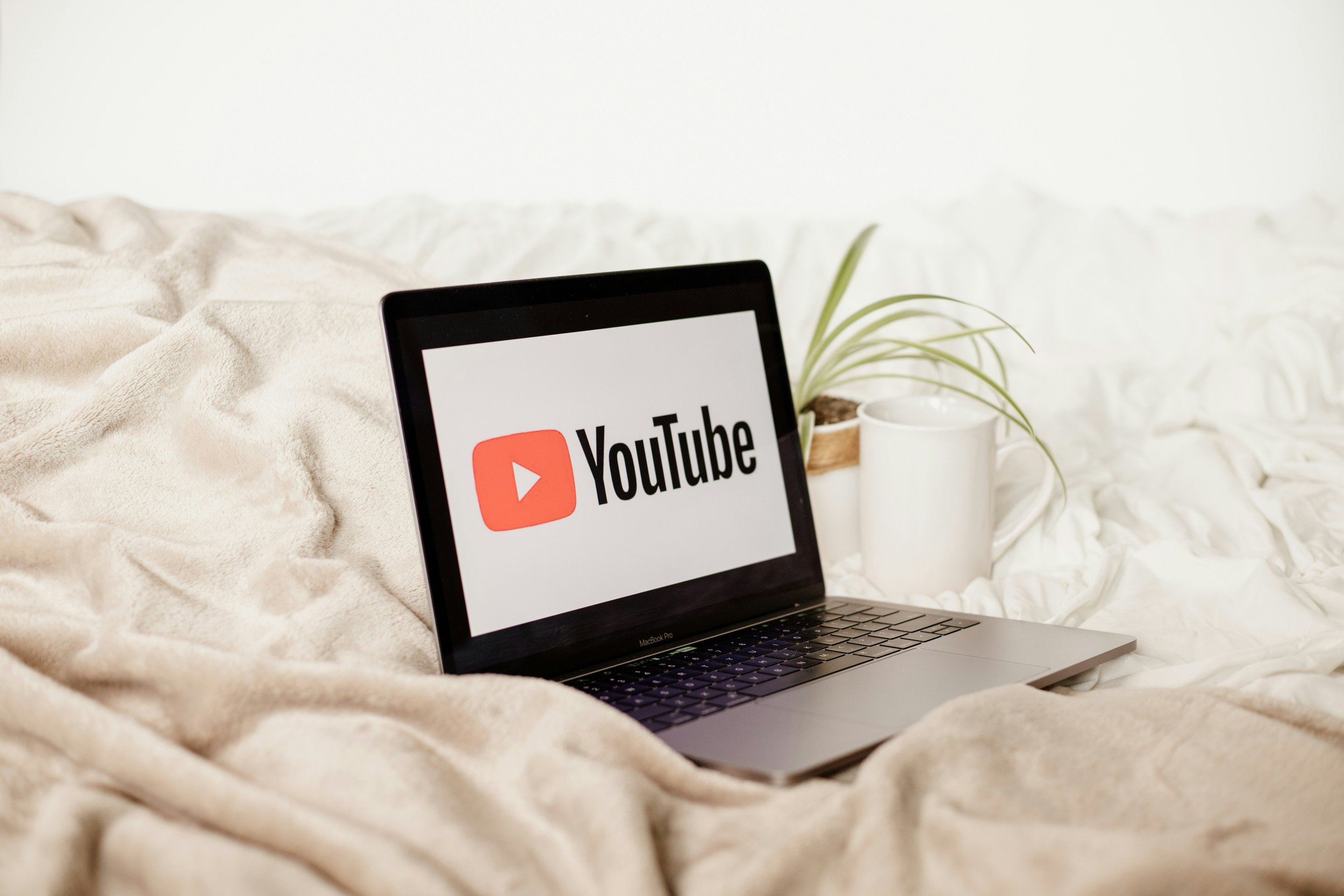A Cinematic Sweat: Video Quality in Online Fitness
Picture your living room becoming a buzzing workout zone. An online coach directs you, every move, crisp and clear. It's not just about the screen's clarity; it's about making your exercise routine feel alive.
Top-notch videos make you part of the action, letting you grasp every motion, boosting your involvement, and making the coaching more effective. It's like having your coach right there with you.
But let's go further. Let's see how we can boost your experience, improve video quality, and make your fitness journey unforgettable. After all, every detail counts, and you deserve the best.
Decoding Video Jargon: SD, HD, and 4K
Video quality is a big deal, especially when it comes to online fitness classes. It's a bit like the difference between a basic drawing and a detailed painting.
You've probably heard of Standard Definition (SD) and High Definition (HD). SD is like your old TV picture—clear enough to see but not that detailed. It's because it has fewer 'dots' or pixels.
On the flip side, HD is a massive upgrade. It's got way more pixels, so everything is sharper, and the details pop out. It's like suddenly putting on a pair of glasses that make everything super clear.
But it's not all or nothing with HD. You've got different levels. You have 1080p, also known as Full HD. It's perfect for online fitness classes where you need to see all the details.
Then at the top, you've got 4K or Ultra HD. It's so detailed it's almost like being there in person. It brings a whole new depth to your workout routines. This is great for travel videos that are showing off epic landscapes.
But remember, just like a sports car guzzles more gas, 4K uses more storage and needs a faster internet connection. So you've got to weigh up the pros and cons.
When deciding between 1080p and 4K, you must consider what you need, what your audience needs, and what resources you have. The goal isn't just to run a fitness class; it's to create a great workout experience.
And don't forget about SD. It can still be handy, especially for streaming. Switching to SD can make things smoother if the internet's slow and videos keep buffering.
How to upload videos without losing quality
Want to make your fitness videos smaller without losing quality? There are two essential steps to know about encoding and compression.
Encoding is like changing your raw fitness video into a digital format that all devices can play without problems. It takes your video and makes it ready for viewing.
Compression, on the other hand, is all about reducing the file size of your encoded video. It's like packing your video into a smaller size for easy storage and sending. But be careful not to compress too much, or you might lose some video details, just like squeezing something too much can change its shape.
Getting the right balance between encoding and compression is the key to successful video making. Your goal is to keep the quality high (with good encoding) and the video file small (with the right amount of compression).
This way, your high-quality fitness videos can be easily played and shared without wasting too much space or needing fast internet. Understanding this balance is your main task as a fitness instructor starting in video production.
Achieving High-Quality Videos
Creating great fitness videos is about more than just recording. It's about crafting an engaging experience with the right gear and environment. Paying attention to these critical aspects - camera, lighting, audio, and setting - will help enhance your video's impact. Remember, your aim is to provide your viewers a high-quality, immersive fitness journey.
Your Camera
When filming your fitness videos, the camera is much more than a recording device; it's the lens through which your audience sees your class. The right camera and lens are vital, as they bring out the energy and dynamism of your routines in fine detail.
Lighting Up Your Stage
Just like in a theater, lighting in your video is critical. Good lighting dramatically improves your video's clarity, making each exercise easy to see and follow. If you’re keen to learn more about lighting, then read our blog How to Light Your Yoga Videos on the Cheap.
Setting the Scene
Your filming environment is also very important. A neat, distraction-free space helps your viewers concentrate on your instructions. A well-arranged setting transforms any space into a focused workout zone.
Audio: The Unseen Star
Don't forget about the sound. Good audio quality is as important as visuals. A high-quality microphone ensures your instructions are clear and audible, enhancing the viewer's experience.
Want our Essential Equipment Guide + Filming Checklist?
We've done the heavy-lifting for you. Grab the guide for free!
The Streaming Factor
Streaming a video is a process that depends on several factors:
The speed of your audience's internet connection is important. Fast internet ensures the video plays smoothly and in high quality. Slow internet can cause the video to buffer or lower the video quality.
The server's location affects the speed of video delivery. Closer servers are usually faster.
The streaming platform should be reliable to prevent any disruptions or lags in the video. Platforms such as Marvelous offer both in-built live streaming and seamless integration with Zoom on all of our plans, learn more about our features.
Understanding these elements helps stream videos effectively, providing your audience a good viewing experience.
FAQs
Q: How can I ensure a smooth streaming experience?
Several factors contribute to a smooth streaming experience, including a fast and stable internet connection, server proximity, and the reliability of your streaming platform. Understanding these factors can help you mitigate potential issues.
Q: Should I choose live or on-demand streaming?
Both options have their advantages. Live streaming allows for real-time interaction, making your class more engaging. On-demand videos, on the other hand, offer flexibility, letting your audience access your content at their convenience. It ultimately depends on your audience's preferences and your teaching style.
Q: What if my audience has a slow internet connection?
You can adjust the video quality to accommodate viewers with slower connections. While this might slightly decrease the visual quality, it ensures a smoother, buffer-free streaming experience.
Q: How to enhance the video quality of my live stream?
Improving your internet connection's speed and stability can significantly enhance your live stream quality. Also, using a reliable streaming platform and ensuring server proximity can help you deliver high-quality, uninterrupted video content.
Final Thoughts
To make top-quality fitness videos, you need to consider several things.
The gear you use, like your camera and microphone, affects your video's appearance and sound. The space where you film should be neat and distraction-free. When you share your video, your audience's internet speed, the server's location, and the reliability of the streaming platform all impact the viewing experience.
Understanding these parts can help create engaging, high-quality videos for live or pre-recorded fitness classes.















